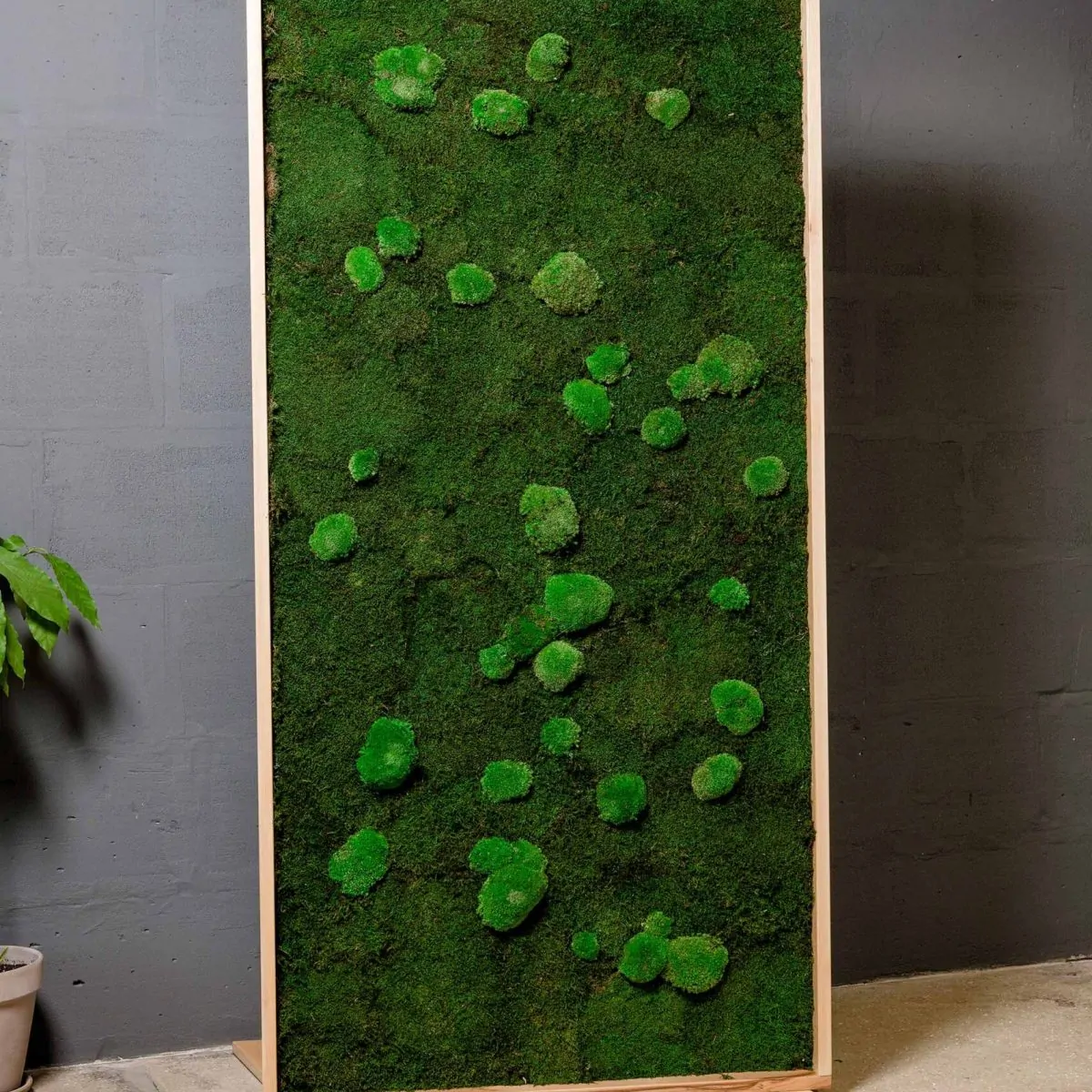|
A |
part from their visual appeal, false fronts have practical applications in drawer-making. For the woodworker reluctant to discard a drawer that is not perfectly aligned with its opening, a properly mounted false front can provide a simple solution. Centering the front on the carcase or cabinet, rather than on the drawer, will salvage an imprecise fit. False fronts can also serve as drawer stops, but avoid exaggerating the size of the overhang. Slamming the drawer when it is filled with weighty items risks splitting the front as it strikes the cabinet.
|
|
A drawer pull puts the finishing touch
on a drawer with a false front.
Installing hardware on a drawer is the last—and possibly least taxing— activity in an otherwise challenging operation. Still, drawer handles and pulls need to be mounted with care. The key is to center them on the drawer front. Aligning a single-pull handle properly is fairly straightforward: Mark the diagonals across the front and install the pull where the two lines intersect. For a double-pull handle, various commercial jigs can provide fast and accurate positioning. But as shown on page 99, the job can also be done using a simple tape measure.
|
1 |
Preparing the drawer
Once the drawer has been properly mounted, set it face up on a work surface and drive two brads into the drawer front, leaving their heads protruding. Make sure the brads are not located where the drawer pull will be installed. Then snip off the heads with pliers.
|
2 |
 Positioning the false front
Positioning the false front
Install the drawer, then set the cabinet on its back. Cut the false front to the right size, then carefully lower it into position (right). Once you are satisfied with the placement, press firmly; the pointed ends of the brads will punch impressions, allowing you to reposition the false front later when you complete the assembly.


 SHOP TIP
SHOP TIP
Fastening a single-pull handle to a drawer already built
The screw supplied with a single-pull handle may not be long enough to pass through a drawer with a false front. One remedy is to countersink the screw, but if you have already assembled the drawer, a drill may not fit inside, instead, work from the outside of the drawer. Start by boring a clearance hole through the centers of the false front and the drawer front. Then sharpen the shoulder of a spade bit slightly wider than the screw head to create a cutting edge. Feed the shank of the bit through the hole from the inside of the drawer and attach it to the drill. Switch on the tool and pull the bit toward you until the countersinking hole is the right depth.
1 Marking holes for screws
 Place the drawer on its back on a work surface, then mark vertical and horizontal lines across the drawer front intersecting at its center. For the doublepull handle shown below, measure the gap between its two mounting posts. Then transfer that distance to the horizontal line, making two marks the same distance from the center of the drawer (right).
Place the drawer on its back on a work surface, then mark vertical and horizontal lines across the drawer front intersecting at its center. For the doublepull handle shown below, measure the gap between its two mounting posts. Then transfer that distance to the horizontal line, making two marks the same distance from the center of the drawer (right).
|
2 |
 Attaching the handle
Attaching the handle
Bore clearance holes for screws at the two marked points, then apply whatever finish you have selected. To mount the handle shown, screw one mounting post to the drawer front. Slip the pull into the post, then fit the other post on the pull and screw it to the drawer front (left).
|
|





